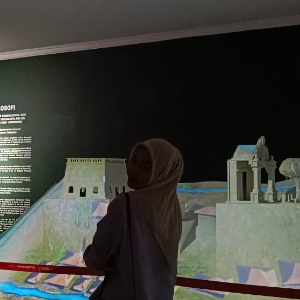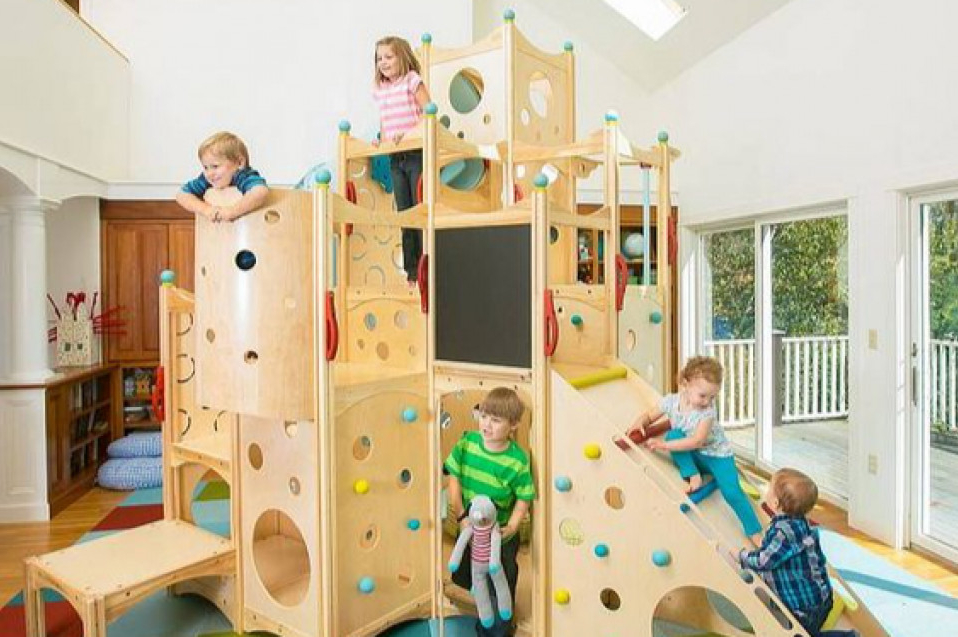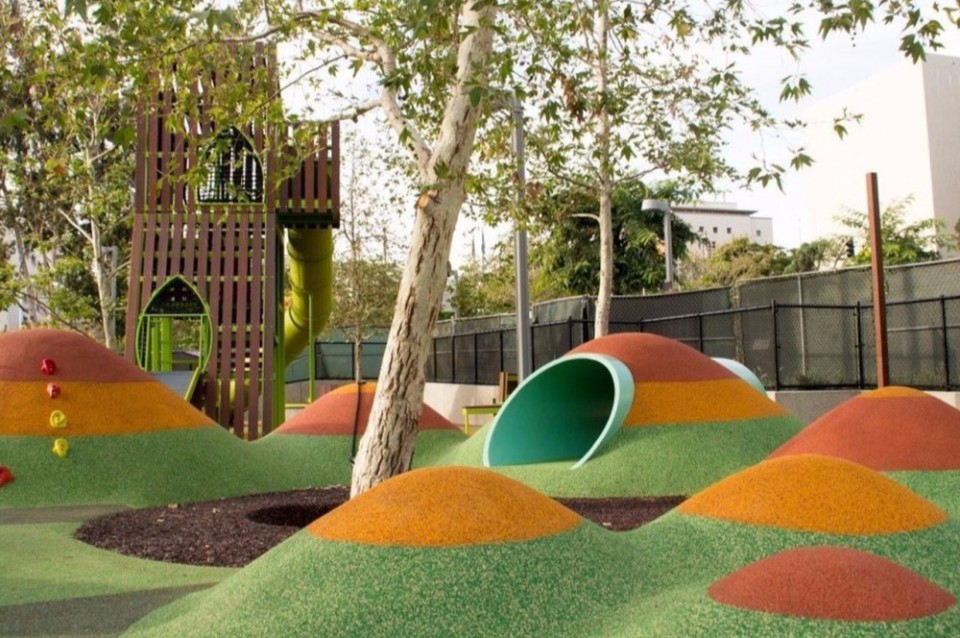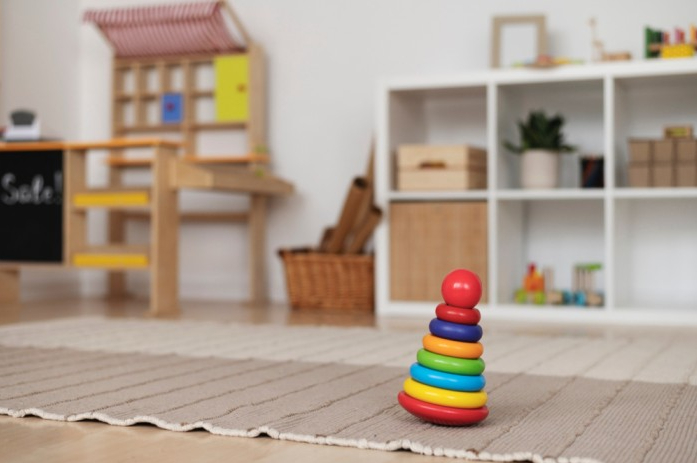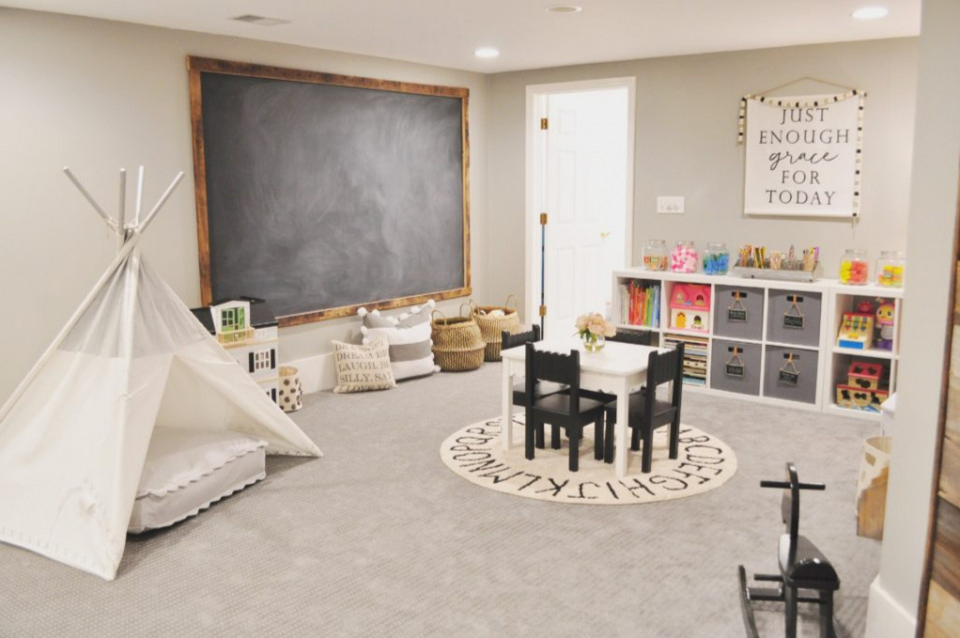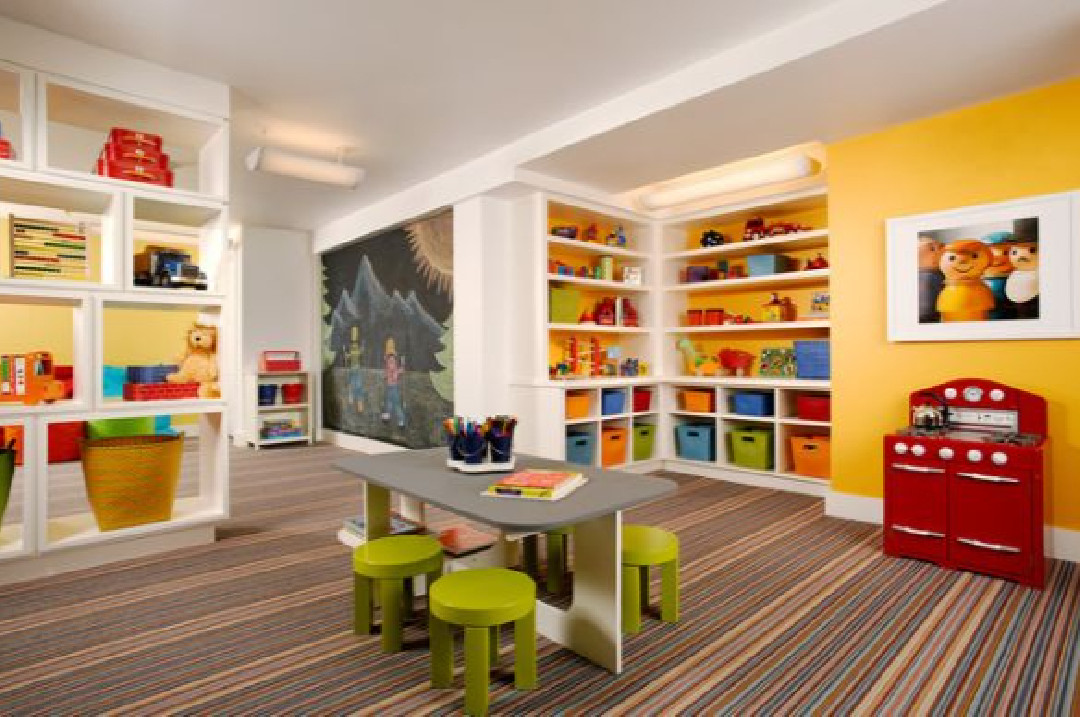Creating an Inspirational Playroom to Foster Children’s Creativity and Imagination
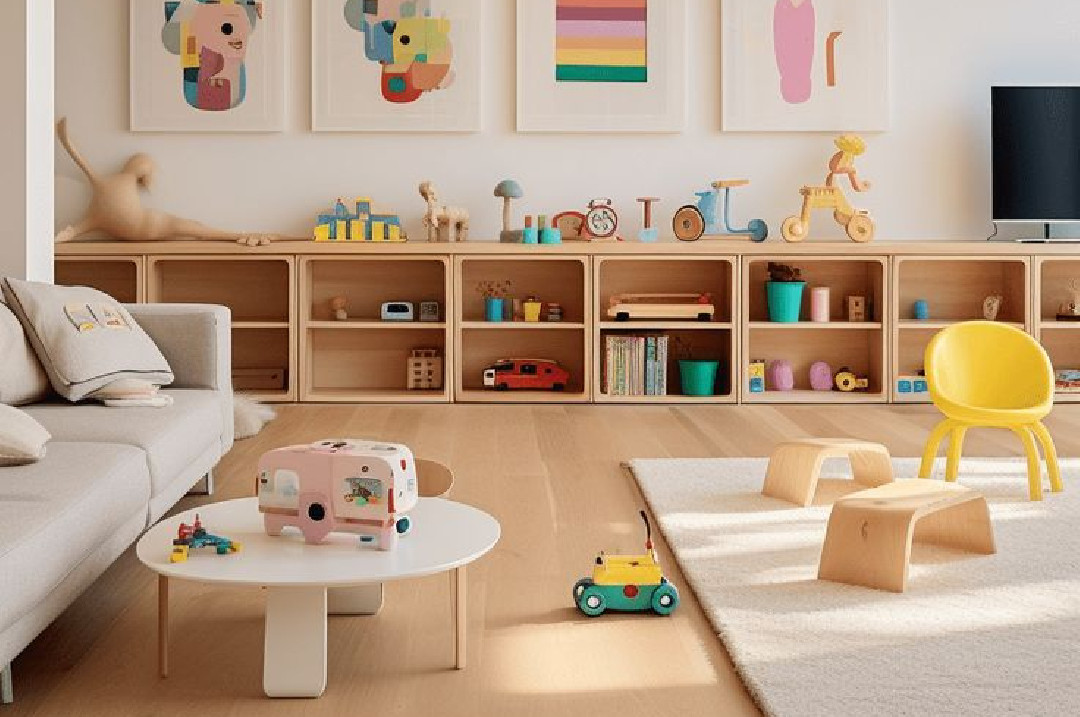
Creating an inspiring playroom is one of the best ways to support children's development. A well-designed playroom is not just a place for children to play, but also a space where they can express their creativity, imagination, and exploration. Here are some playroom decoration ideas specifically designed to encourage children's creativity and imagination.
1. Color Choices that Stimulate Creativity
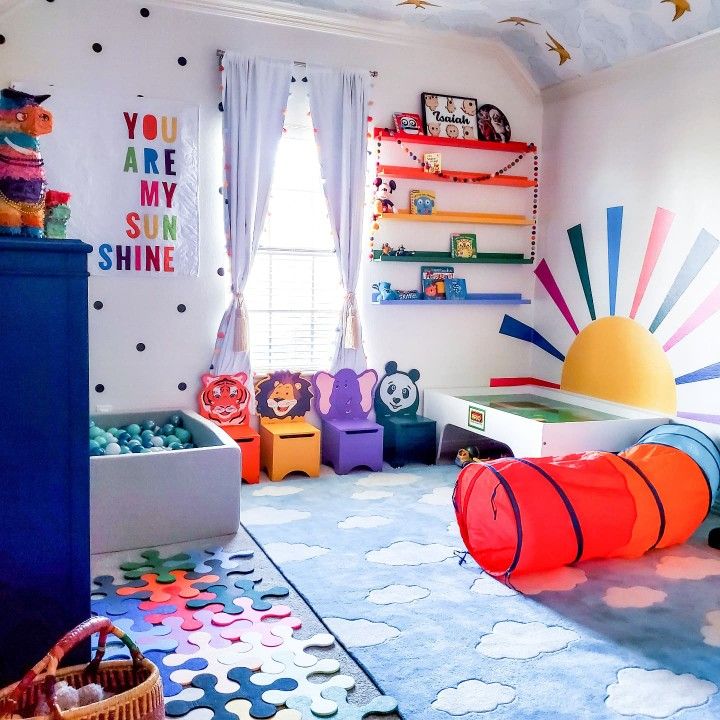
search image
Colors have a significant impact on children's moods and minds. To create an environment that encourages creativity, choose a bright and energetic color palette. Colors like yellow, green, and blue are known to stimulate creativity and evoke feelings of happiness. You can use these colors as the main theme on the walls or in decorative accents like rugs, cushions, and toys.
However, it's essential to maintain balance to avoid making the room too overwhelming or distracting. Combine bright colors with neutral shades like white or gray to create a balanced and comfortable space. Using murals or wall stickers with themes such as nature, space, or fantasy worlds can also be an effective way to add a creative touch to the playroom.
2. Art and Craft Area
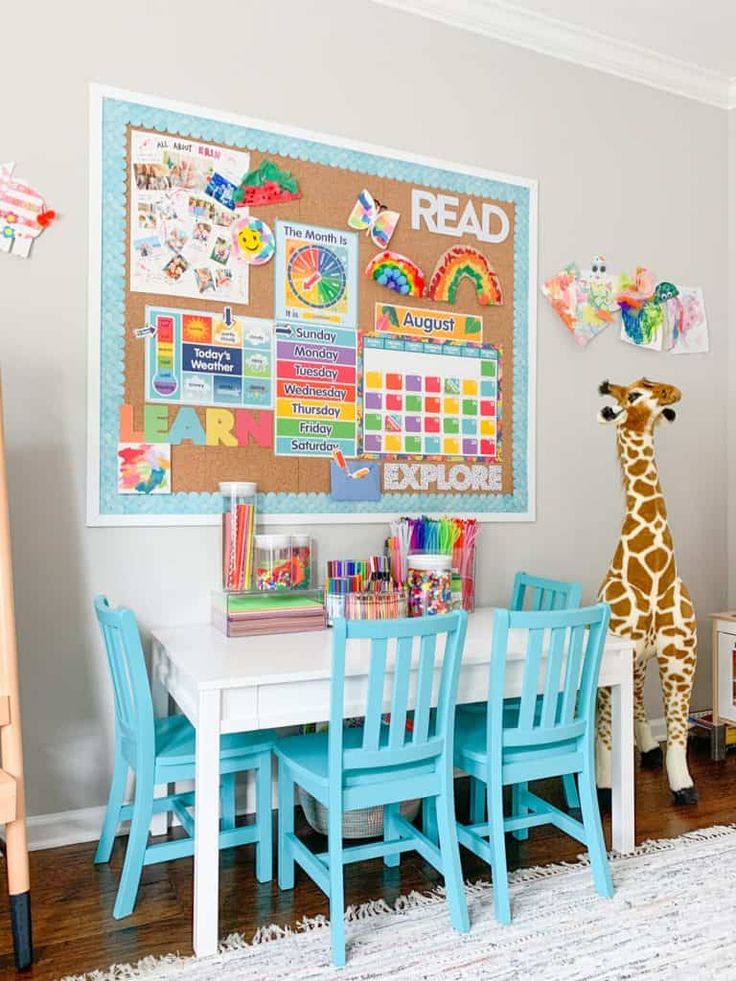
search image
One of the best ways to encourage children's creativity is by providing a dedicated area for art and crafts. Create a corner or art table equipped with various supplies such as paper, crayons, watercolors, colored pencils, child-safe scissors, and other craft materials. Ensure this area is easily accessible to children so they can freely express themselves at any time.
Additionally, add a chalkboard or a wall coated with chalkboard paint so children can draw or write to their heart's content. This not only provides fun but also offers children the opportunity to develop fine motor skills and creative thinking. Display their artwork on the playroom walls as a form of appreciation, encouraging them to keep creating.
3. Attractive Reading Nook

search image
Encouraging a child's imagination can be done by providing a comfortable and appealing reading nook. This reading space can be decorated with bookshelves filled with picture books, fairy tales, and interesting educational books. Choose bookshelves with unique designs that are easy for children to reach so they can select books on their own.
Add comfortable seating like a chair or bean bag, along with a soft rug in this area to create an inviting atmosphere. You can also include warm lighting to make the reading nook a cozy and peaceful place. Having easy access to a variety of books will make children more interested in reading, which in turn can spark their imagination and expand their horizons.
4. Pretend Play Zone

search image
Role-playing is an essential activity for children's social and emotional development. Provide a dedicated zone in the playroom for pretend play, where children can become anything they want—a doctor, a chef, or a space adventurer. This zone can be equipped with costumes, thematic toys, and other role-playing equipment.
For example, a mini kitchen corner with toy cooking utensils, or a repair corner with toy tools, can be the perfect place for children to practice creative thinking and problem-solving skills. Through role-playing, children not only develop their imagination but also learn to interact with others and understand different social roles.
5. Lego or Building Block Area
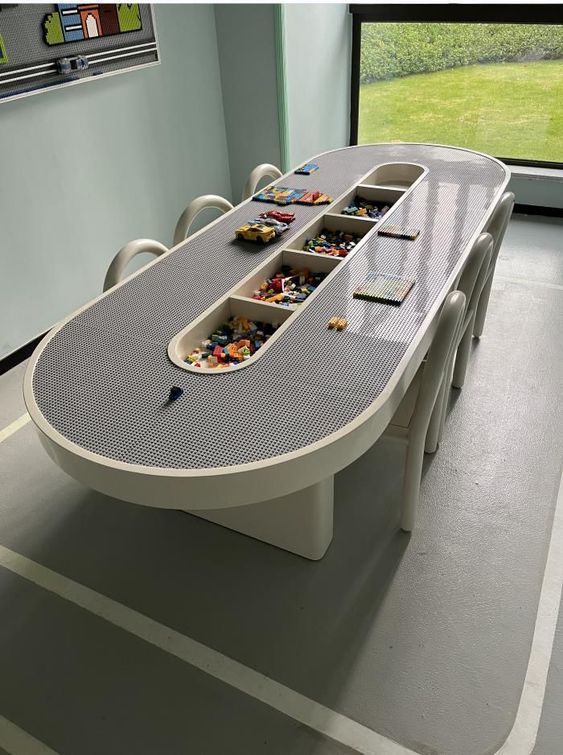
search image
Building blocks like Lego are fantastic tools for developing creativity and problem-solving skills in children. Provide a dedicated area in the playroom equipped with various types of building blocks. Organized storage racks will help children easily find and put away their Lego pieces.
Encouraging children to build various shapes and structures from their imagination can stimulate creative thinking and their ability to think logically. Moreover, building together with friends or family members can be a fun and educational activity that enhances children's collaboration and communication skills.
6. Space for Movement and Physical Activity
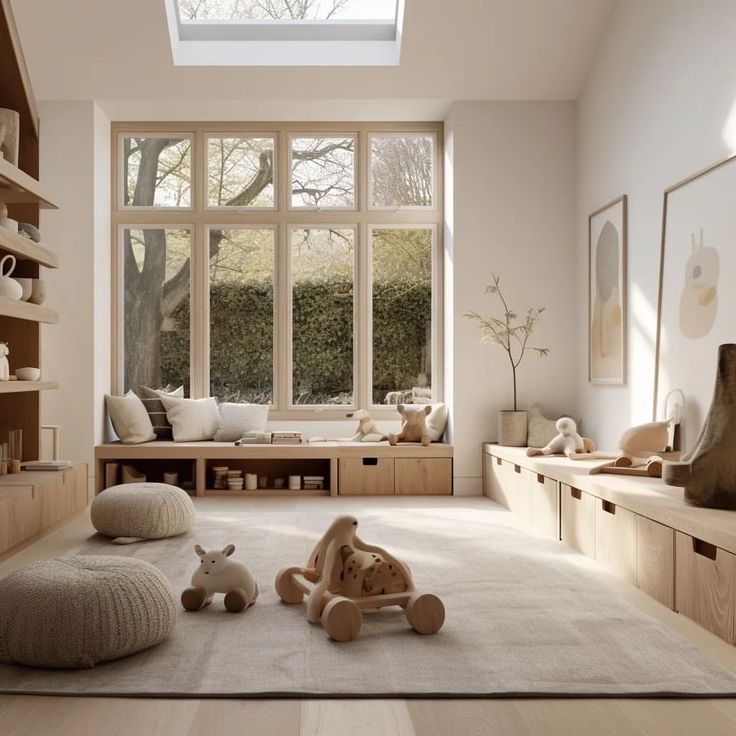
search image
Encouraging children's creativity isn't limited to static activities like drawing or reading but also includes dynamic physical activities. Provide space in the playroom for physical activities like a small trampoline, play tent, or mats for children's yoga. These tools not only help in physical development but also give children opportunities to imagine through active play.
For instance, a play tent could become a pirate ship, a castle, or a treehouse, depending on the child's imagination. With enough space to move around, children can express themselves through physical play, which is important for balancing a healthy mind and body.
7. Flexible and Easily Changeable Decor

search image
Children grow and their interests change over time, so it's important to design the playroom with flexible and easily changeable decor. Choose furniture that is easy to move and multifunctional, such as foldable tables, adjustable shelves, and chairs that can serve various purposes. This allows you to adapt the space to the evolving needs and interests of the children.
Additionally, wall decorations that can be changed, like wall stickers or murals that can be updated over time, help keep the playroom interesting and relevant for the children. Flexibility in the playroom design allows the space to grow with the children, giving them room to continue developing and creating.

